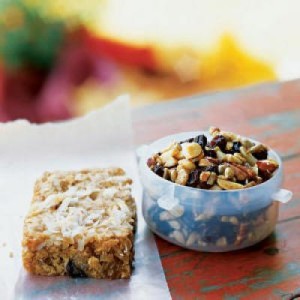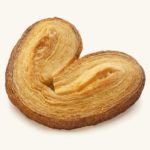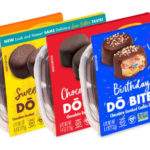 We’re all trying to live healthful lives and choose the best foods for our families, but it can be quite confusing with all the new terms and foods available in the markets. Luckily, our friends at Cooking Light and their nutrition experts are here to help us out! Check out some of their tips below about surprisingly unhealthful foods and better-for-you alternatives, and click here to view the full post.
We’re all trying to live healthful lives and choose the best foods for our families, but it can be quite confusing with all the new terms and foods available in the markets. Luckily, our friends at Cooking Light and their nutrition experts are here to help us out! Check out some of their tips below about surprisingly unhealthful foods and better-for-you alternatives, and click here to view the full post.
“Energy” Bars
“Energy bars are the perfect pre-workout snack, right? Not always. Many energy bars are filled with high fructose corn syrup, added sugar, and artery-clogging saturated fat. Plus, some bars (particularly meal replacement varieties) contain more than 350 calories each―a bit more than “snack size” for most people. It is a good idea to fuel up with a mix of high quality carbs and protein before an extended workout or hike. Choose wisely: one-quarter cup of trail mix, or 1.5 oz. of low-fat cheese and three to four small whole-grain crackers. Or, make your own healthy granola bars and trail mix with these recipes.
- Not all energy bars are bad for you; see our top picks for the best energy bars.”
Foods Labeled “Fat-Free”
“Fat-free does NOT mean calorie-free. Just because a food contains no fat, that doesn’t make it a health food. (Think gummy bears.) Of course, there are many very healthful fat-free foods (like most fruits and vegetables), but always check the nutrition labels when buying packaged foods to be sure you’re getting a nutritious product and not just one that’s fat-free. Calories, sodium, fiber, and vitamins and minerals are all aspects you should consider in addition to fat.”
Instant Oatmeal
“Oatmeal can be a great whole-grain energy source. Or, it can be a sweet bowl of refined carbs that leave you starving mid-morning. The primary oatmeal culprits are the refined instant varieties that are low in fiber and protein and have added sugar. Avoid these by choosing an instant oatmeal where the first ingredient listed is steel cut oats, whole oats, or whole groats and one that has at least 4g of fiber and 5g protein per serving. Another good sign—there’s no added sugar or it’s at the end of the ingredient list. Better yet, cook and refrigerate a batch of steel cut or old-fashioned oats that you can simply reheat and flavor yourself with fruit and toasted nuts.
See more: Out-of-This-World Oatmeal Recipes“
Reduced-Fat Peanut Butter
“Reduced-fat peanut butter is not necessarily a healthier version of regular peanut butter. Read the labels to see why. Both regular and reduced-fat peanut butter contain about the same amount of calories, but the reduced-fat variety has more sugar. But isn’t it healthy to reduce some fat? Not in this case. Regular peanut butter is a natural source of the “good” monounsaturated fats. Look for a natural peanut butter with an ingredient list that contains no added oils. Better yet, find a store where you can grind your own, ormake your own nut butters at home.
- See more: Our Peanut Butter Taste Test“
The Creative Kitchen™, LLC, teaches children about food and how to cook in a fun, safe, and educational manner. Targeting families with children ages two to teen, the company focuses on teaching, writing creative content and curriculum, special events, recipe development, spokesperson work, webisode production and consulting to present educational and entertaining content through food-related activities. The founder, Cricket Azima, is an expert in cooking for and with children. She inspires kids to express themselves creatively through food and cooking, while complementing lessons with traditional educational material such as social studies, math, arts, science, and more. Visit www.thecreativekitchen.com for more information.










